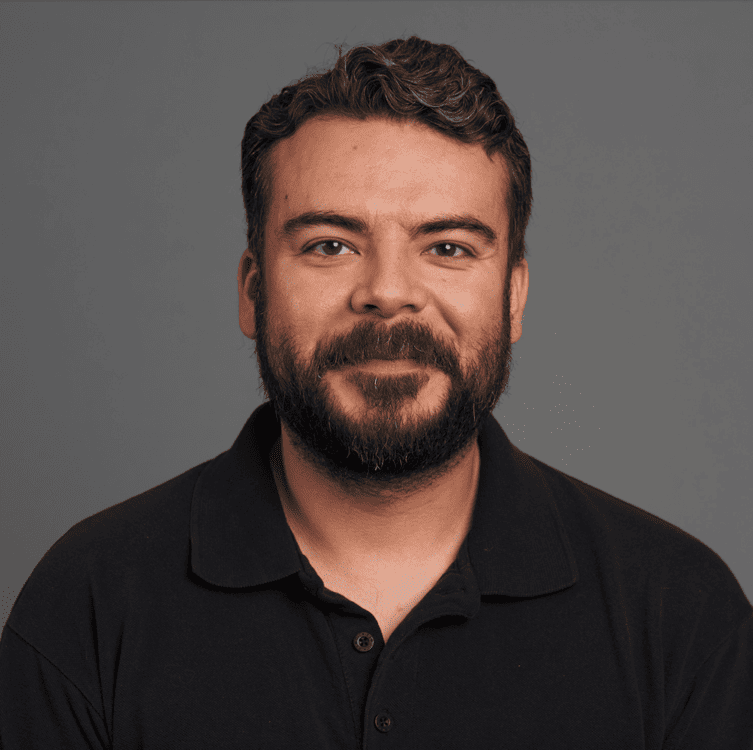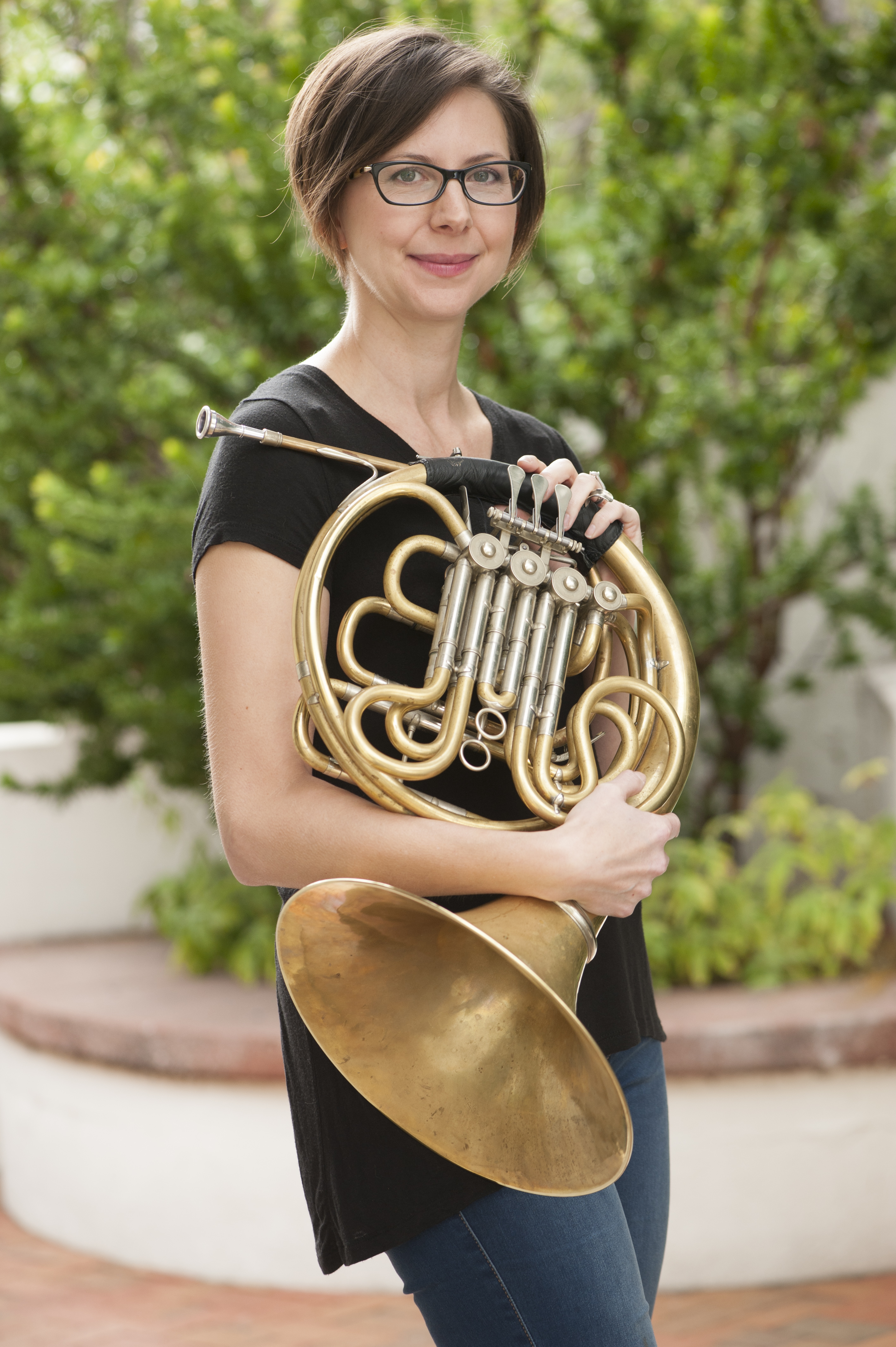Moderated by: David Taylor
“The Arts and the Borderlands” opens with two questions posed to the audience: What and where are the Borderlands? What constitutes artistic research at the Borderlands? David Taylor organizes the conversation between Alejandro Macias and Johanna Lundy by asking each to speak to a specific recent project and then opening larger themes that crisscross both creative practices.
Lundy describes the formation and mission of the Borderlands Ensemble and the group’s album, the space in which to see (released 06 August 2021). The naming of the ensemble, Lundy notes, helped shape the group’s identity and their interest in crafting projects that were thoughtful about the place in which they live, work, and perform. The work of the Borderlands Ensemble explores classical music, and in particular contemporary classical music, as a form of community engagement—locally within Tucson and in the borderlands region. Their strategies include performing in nontraditional venues, experimenting in different modalities and across medias, combining genres (from pop and folk to rock and classical), and featuring composers who represent a diversity of backgrounds.
Macias discusses his participation in the Tucson Museum of Art’s exhibition 4×4 (on view 20 May – 26 September 2021), a collection of four solo shows featuring the work of artists living and working in Southern Arizona. Macias grounds his artistic practice in his positionality: in his personal, familial, geographical and community backgrounds. Tucson resonated with the artist as a kind of “extension” of his upbringing along the U.S./Mexico Border in Brownsville, at the southernmost tip of Texas. Macias explains his work as being “a visual diary of my life” and “compositionally divided, and, that, in a sense, reflects not only the division between Texas and Mexico, but also this kind of internal angst of how I felt growing up.” His paintings alternate between self-portraits, portraits of people he knows, and images inspired by his community.
Community proves to be a bridge across Macias and Lundy’s practices, the latter of whom meditates on the vital role of “interaction” and “engagement” in generating meaning and knowledge. Within the context of conversations on research in the arts, Lundy reflects on how creating experiences can be generative of new knowledge. Macias also notes his own interest in community responses to visual art, as well as in the manner in which artists explore their own lived experiences together with the lived experiences of those around them. He shares his own sense of responsibility in addressing the Borderlands, because it is broadly misunderstood and unfamiliar to many U.S. Americans.
To close, Taylor offers a last question for the audience to guide their own self-exploration: What responsibility do we have to the place in which we conduct our work?

Alejandro Macias
School of Art
Assistant Professor

Johanna Lundy
School of Music
Associate Professor
Associate Professor, Applied Intercultural Arts Research - GIDP